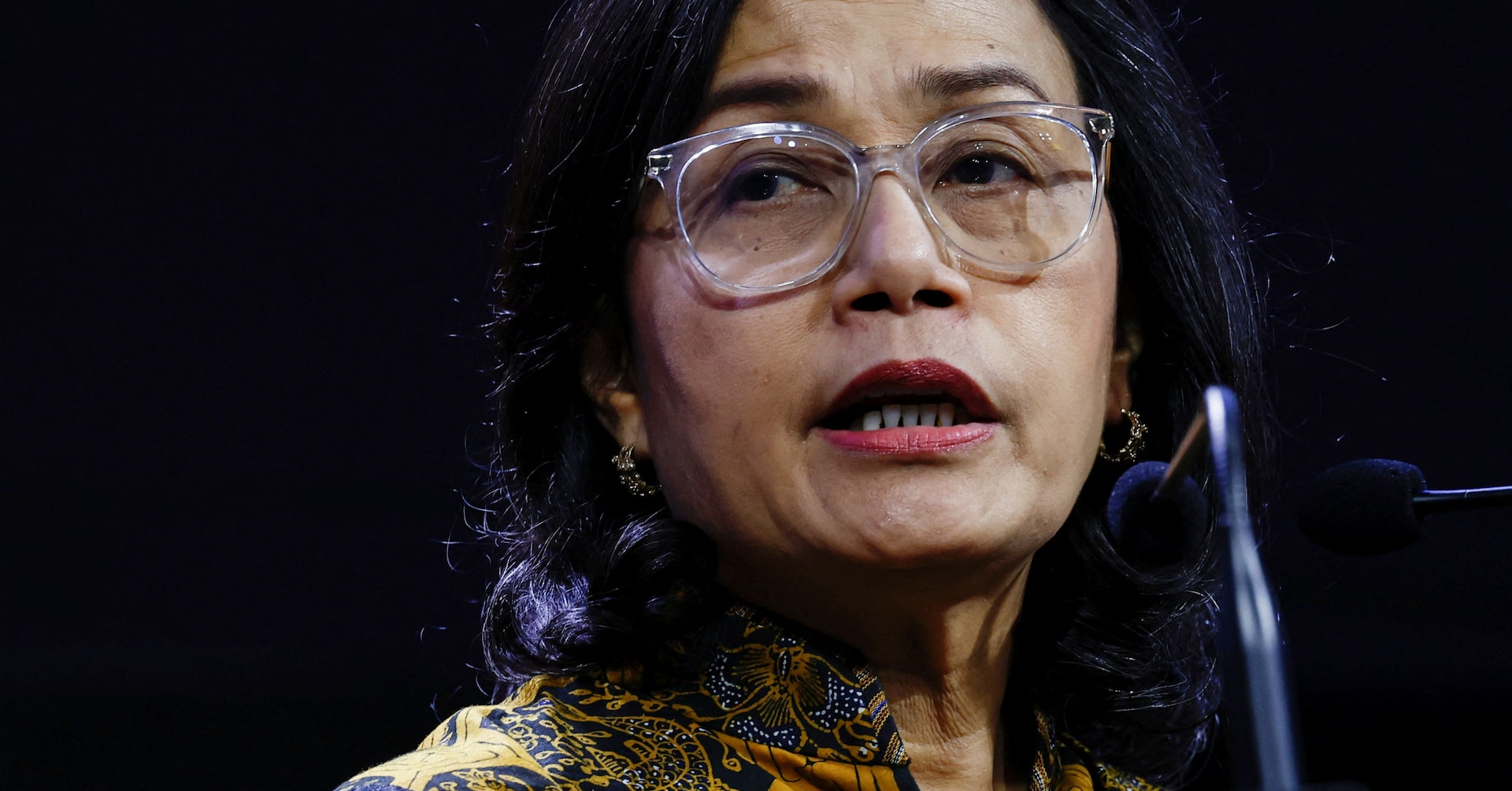Green Banking Revolution: How 'Beautiful' Financial Institutions Could Rescue Climate Funding
Finance
2025-04-17 04:00:05Content

In the critical battle against climate change, development banks are falling short of the financial firepower needed to drive meaningful global transformation. According to Avinash Persaud, climate adviser to the Inter-American Development Bank, current lending levels of approximately $200 billion annually are simply inadequate to address the urgent environmental challenges facing our planet.
Persaud argues that to make a substantial impact, these financial institutions must dramatically scale up their investments, tripling their current lending to around $600 billion per year. This bold approach would provide the necessary capital to support sustainable infrastructure, renewable energy projects, and climate adaptation strategies in developing countries.
The call for increased lending highlights the pivotal role development banks play in combating climate change and supporting economic resilience in vulnerable regions. By expanding their financial commitments, these institutions can become powerful catalysts for global environmental and economic transformation.
Global Climate Finance: The Urgent Call for Tripling Development Bank Investments
In the critical battle against climate change, financial institutions stand at a pivotal crossroads, where strategic investment decisions could determine the trajectory of global environmental sustainability. The current landscape of climate financing reveals a stark challenge that demands immediate and transformative action from development banks worldwide.Bridging the Trillion-Dollar Climate Investment Gap
The Financial Imperative of Climate Transformation
The global economic ecosystem is experiencing an unprecedented moment of reckoning. Development banks, traditionally viewed as conservative financial institutions, are now being called upon to dramatically escalate their climate investment strategies. Avinash Persaud, a distinguished climate adviser to the Inter-American Development Bank, has articulated a compelling vision that challenges the status quo of environmental financing. Current investment levels hover around $200 billion annually, a figure that Persaud argues is woefully inadequate for addressing the complex challenges of climate mitigation and adaptation. The proposed tripling of investments represents more than a numerical adjustment—it signifies a fundamental reimagining of financial priorities in an era of accelerating environmental transformation.Structural Challenges in Climate Finance
The pathway to increased climate investment is fraught with multifaceted challenges. Development banks must navigate intricate geopolitical landscapes, balance risk management with bold investment strategies, and develop innovative financial mechanisms that can attract both public and private sector participation. Emerging economies, which are often most vulnerable to climate change impacts, require nuanced financial approaches that go beyond traditional lending models. This necessitates creating flexible, context-sensitive investment frameworks that can adapt to rapidly changing environmental and economic conditions.Technological Innovation and Financial Strategy
Technological advancements are increasingly becoming a critical component of climate investment strategies. Development banks must not only provide capital but also serve as catalysts for technological innovation in renewable energy, sustainable infrastructure, and climate resilience technologies. The integration of artificial intelligence, blockchain technologies, and advanced data analytics can transform how climate investments are conceptualized, implemented, and monitored. These technological tools offer unprecedented opportunities for transparency, efficiency, and impact measurement.Global Collaboration and Systemic Transformation
The call for tripling development bank investments is fundamentally a call for global collaboration. No single institution or nation can effectively address climate challenges in isolation. This requires creating robust international frameworks that facilitate knowledge sharing, risk distribution, and coordinated investment strategies. Multilateral partnerships, cross-border investment mechanisms, and shared technological platforms will be crucial in developing a cohesive global approach to climate finance. The transformation extends beyond monetary investment—it represents a profound reimagining of economic priorities and environmental stewardship.Economic and Environmental Synergies
Increased climate investments are not merely an environmental imperative but also represent significant economic opportunities. By redirecting capital towards sustainable technologies and infrastructure, development banks can simultaneously address climate challenges and stimulate economic growth. The potential for job creation, technological innovation, and long-term economic resilience is immense. Countries and institutions that proactively embrace this investment paradigm will likely emerge as leaders in the emerging green economy.RELATED NEWS
Finance

Palm Oil Export Levy Shake-Up: Indonesia's Finance Chief Signals Major Policy Shift
2025-04-08 08:58:19
Finance

Market Resilience: Wall Street Brushes Off Sell-Off Like a Minor Scratch
2025-02-24 21:52:17






